|
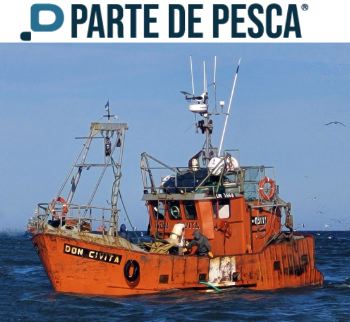
Photo: Parte de Pesca/FIS
Good Shrimp Catches, Improved Macroeconomic Conditions, but Rising Costs Squeeze Margins to Dangerous Levels
 ARGENTINA
ARGENTINA
Friday, December 06, 2024, 00:10 (GMT + 9)
Civitareale: “Fishing is going well, but the numbers are very tight”
Juan Carlos Civitareale, a seasoned artisanal fisherman from Puerto Rawson and owner of the Pesquera Bahía Engaño processing plant, runs a family business that provides jobs to 70 people and supports local families. This was reported by Nelson Saldivia from Parte de Pesca.
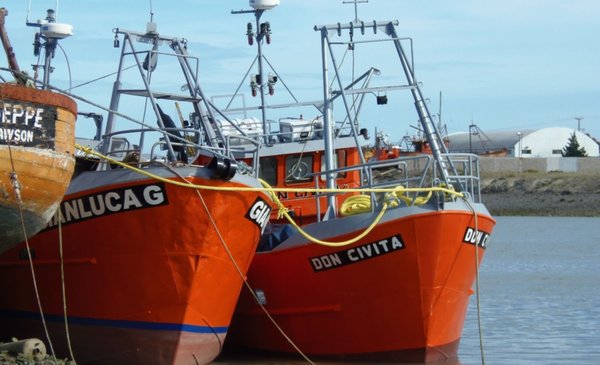
The F/V 'Don Civita' at Rawson port in Chubut
After the first month of the shrimp season in Chubut waters, the initial balance shows promising results in catches and a favorable biological status of the resource. However, current prices are significantly lower than last year’s, affecting profitability across the fishing value chain, from large companies to small and medium-sized enterprises (SMEs).
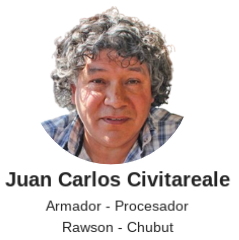
“We have about 70 people working in various roles, including the production line, packaging, freezing, general labor, unloading, cleaning, and security. The plant is supplied by our boat, Don Civita, and we also purchase raw material from the BP Nunca te Detengas Pachaca,” Civitareale explained to Parte de Pesca.
Despite these efforts, the need for additional raw material to keep the plant operational adds financial strain. “Between the price we pay to buy shrimp and the price we get for the finished product, the margins are very small,” he admitted.
The Don Civita can carry up to 480 crates of shrimp, but to maintain the plant’s operations, they must purchase an additional 500 to 600 crates from other vessels. “This is necessary to keep the plant running and preserve jobs,” he detailed.
A Family Venture Under Pressure
The processing plant is a fully family-funded initiative with no access to credit. “We had to sell family properties to get it up and running. Today, it’s operational, but we work daily to keep it going. We’re hoping for some political support to secure a quota for raw materials or an artisanal fishing permit since our boat, 17 de Octubre, is sitting idle without activity,” Civitareale said.
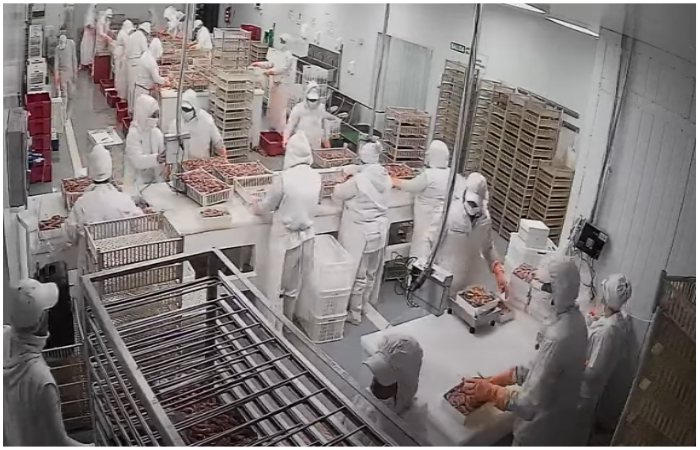
Photo:Bahía Engaño YouTube
He also pointed out the economic challenges facing the fishing sector: “The dollar is frozen, inflation is driving up the cost of supplies and services, but international prices remain low.”
International Markets and Challenges in Adding Value
The production from Bahía Engaño is primarily exported to markets like Peru, Thailand, and Indonesia for reprocessing. This season, they also aim to establish trade with the European Union.
“Currently, customers are requesting C1 tails in 2-kilogram blocks, C2 tails in 5-kilogram blocks, and broken tails. Last year, we worked with C2 and C1 in 2-kilogram presentations,” Civitareale explained. “We would like to focus on adding value to our products, but with current costs, it’s extremely challenging,” he added.
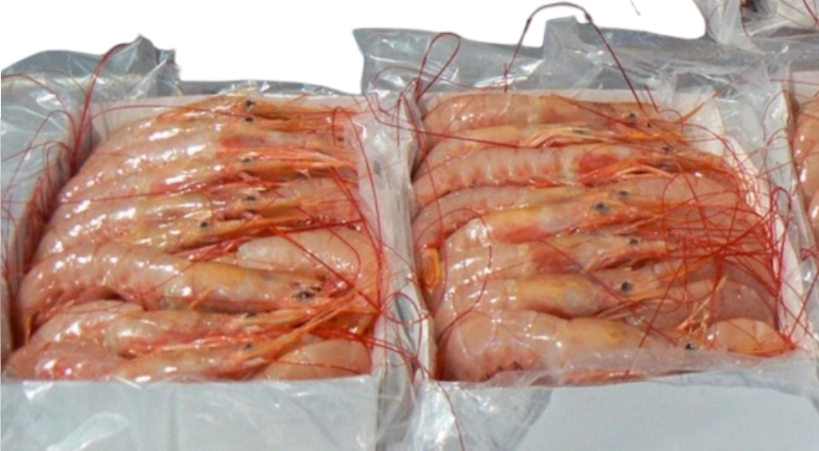
Photo: archivo
Other Resources, But Not Profitable
Beyond shrimp, the plant could process other resources like hake or anchovies, but current production costs make these options unprofitable. “The market dictates the terms. We can produce, but the market sets the price. For now, the shrimp season is good in terms of catches, but the numbers are very tight. There’s plenty of shrimp, but market prices are not favorable,” he concluded.
This testimony highlights the challenges and limitations faced by small fishing businesses, even in promising seasons, underscoring the need for strategies to support and strengthen the sector.
[email protected]
www.seafood.media
|



